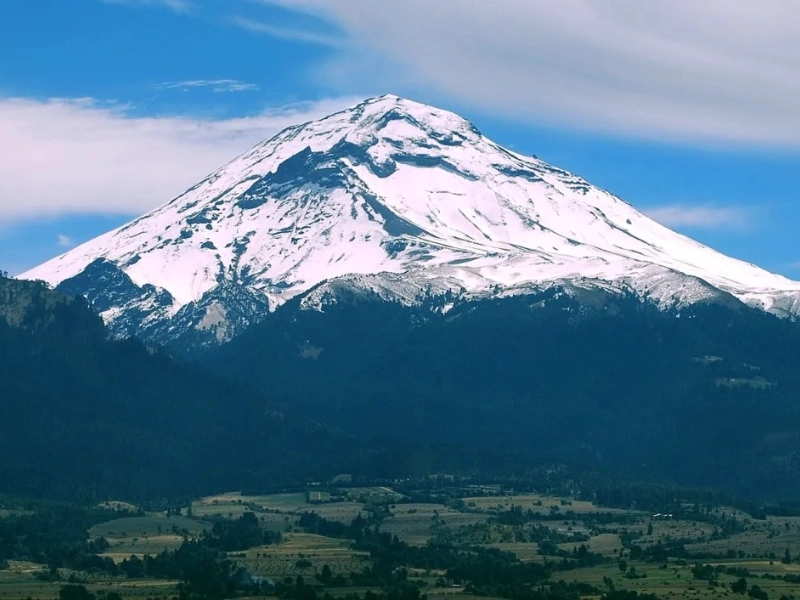Advertisement
7. Popocatépetl: Mexico's Smoking Mountain

Advertisement
One of Mexico's most active and famous volcanoes, Popocatépetl's name, in the Nahuatl language, means "Smoking Mountain," Rising to a startling height of 17,802 feet (5,426 metres), this large stratovolcano is roughly 43 miles (70 km) south-east of Mexico City. Its close proximity to Mexico City and other busy cities makes it a topic of great attention and concern as any major eruption may perhaps impact millions of people. With its history closely entwined with the pre- Columbian civilisations, the volcano has been active for thousands of years. According Aztec mythology, Popocatépetl was a warrior who had feelings for princess Iztaccíhuatl. The forms of Popocatépetl and neighbouring volcano Iztaccíhuatl are supposed to mirror their sad love tale. Beyond its geological and environmental consequences, its cultural value gives the volcano still another level of relevance. Frequent minor to moderate eruptions, usually creating amazing displays of ash plumes and incandescent material, define Popocatépetl's recent activity. After decades of relative silence, the volcano initiated a fresh phase of activity in 1994; since then, Mexico's National Centre for Disaster Prevention (CENAPRED) has been closely observing it. Real-time data on the behaviour of the volcano comes from a network of cameras, tiltmeters, and seismographs that lets researchers offer quick warnings should activity rise. For surrounding towns, Popocatépetl's ongoing activity presents major difficulties. Ash falls can interfere with public health, air transport, and daily living including agriculture. Larger eruptions call for thorough emergency plans including evacuation policies for the most at-risk locations. Notwithstanding these hazards, the rich volcanic soils of Popocatépetl enable large-scale farming, therefore fostering a complex interaction between the volcano and the nearby populations. Popocatépetl's scientific investigations help us to better grasp volcanic processes and danger reduction. Studies of its eruptive history, magma composition, and gas emissions offer important new perspectives on the behaviour of big stratovolcanoes. This study not only guides future activity prediction for Popocatépetl but also shapes evaluations of volcanic hazards all around. Researchers are also looking at how changes in global weather patterns brought on by climate change can impact volcanic activity and related dangers at Popocatépetl and like volcanoes. The continuous activity at Popocatépetl reminds us constantly of the dynamic character of our planet and the necessity of ongoing research in volcanically active areas as well as vigilance. Popocatépetl is a strong emblem of the forces that mould our planet because of its great presence on the Mexican terrain and possibility for both creation and destruction.
